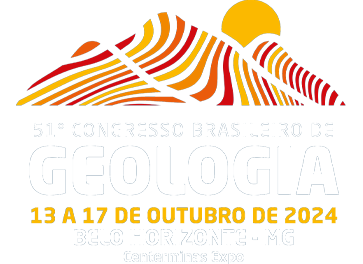Dados da Submissão
Título
APPLICATION OF REMOTE SENSING IN SPATIO-TEMPORAL MONITORING OF THE LAGOA MANGUEIRA DUNE FIELD, BRAZIL
Texto do resumo
Dunes perform essential socioeconomic functions, acting as natural barriers against extreme events that can cause significant damage to infrastructure and housing. Scientific understanding and monitoring of dunes, based on medium and long-scale in situ measurements, constitute one of the biggest challenges for coastal researchers. Coastal monitoring depends on collecting short, medium and long-term data to understand territorial processes and the risks involved, but faces problems of low sampling and high costs. The disorderly urbanization of coastal areas is an urgent challenge, especially in Lagoa Mangueira, in Rio Grande do Sul. Uncontrolled urban growth close to the dunes has significantly disturbed the composition and balance of local ecosystems. Over time, changes in sediment supply, imbalances in ecosystems and morphological transformations have been documented. To address these challenges, remote sensing techniques offer a powerful tool for spatiotemporal monitoring of dunes. These techniques enable the collection of comprehensive, high-resolution data, providing a detailed view of dune dynamics over time and helping to formulate effective management and conservation strategies for these vital coastal areas. In this context, the present study presents a proposal that consisted of using the Google Earth Engine (GEE) platform to create an algorithm for the spatial and temporal analysis of dune coverage in OLI/LANDSAT-8 satellite images based on the application of indices custom spectra. The algorithm developed is capable of identifying the variation and mapping the dune areas along the coast in recent decades, allowing the changes that have occurred over time to be analyzed. The results reveal significant annual variations in the dune area. The year 2016 recorded the largest reduction in the dune area, with a decrease of 7.20%. In contrast, 2018 saw the biggest increase, with growth of 8.44%. The smallest annual loss was seen in 2017, with a reduction of just 0.13%, while 2019 had the smallest annual gain, with a modest increase of 1.97%. Over the 11 years, the general analysis indicates a total loss of 16.71% in the dune area. This significant reduction highlights the importance of continuous dune monitoring to understand changing dynamics and implement effective conservation and management strategies.
Palavras Chave
dunes; remote sensing; coastal monitoring
Área
TEMA 16 - Geoquantificação e Geotecnologias
Autores/Proponentes
Breno Mello Pereira, Miguel da Guia Albuquerque
